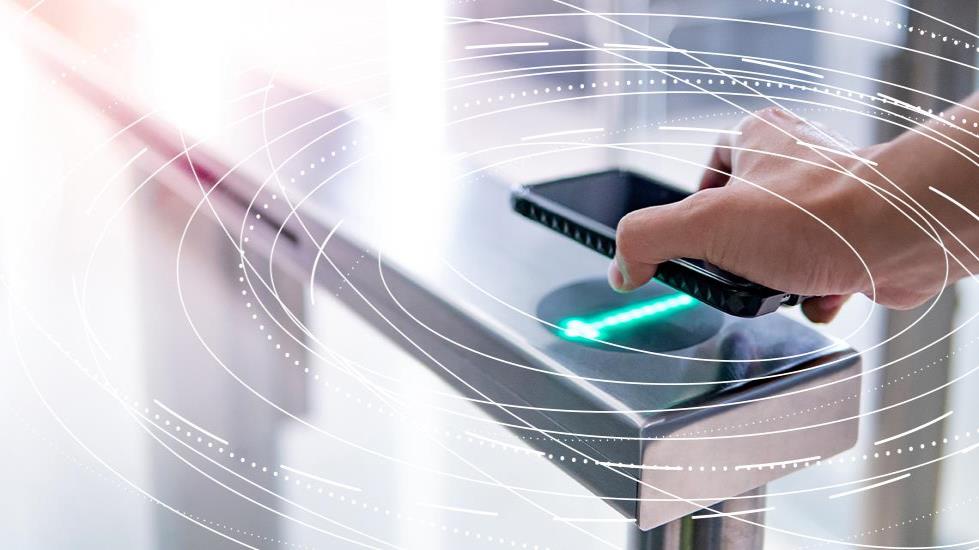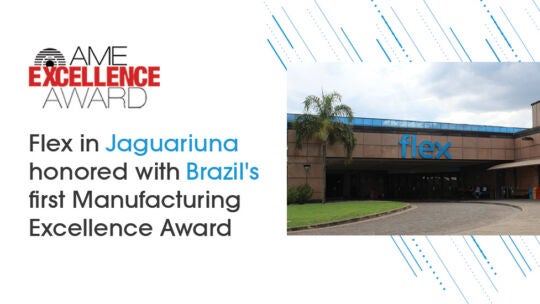
Since 2014, a leader in trusted identity solutions, including smart card readers, has trusted us to build many of their devices. Chief among those is a family of reader platforms, which are a key part of the of the company’s portfolio.
In 2019, our customer began working with us as part of their plan to introduce a new line-up of next-generation readers that supported a variety of credential technologies. The plan was to ship the revamped devices in 2020.

The team at our Guadalajara design center went to work, and in August 2019, they completed successful prototyping. Our customer’s product was ready to be produced in volume at our Aguascalientes site. Not long after we began the initial runs in early March 2020, however, COVID-19 began spiraling upward across Mexico.
The challenge
Our customer depended on us to ship the readers in time for their planned product launch in mid-2020. Therefore, we needed to hit our volume targets and begin shipping in April. Yet we faced the prospect of site closure by government authorities, unless we could demonstrate that our active lines served the production of medical and other essential goods, and that we had put health and safety measures in place that met government standards.
The other challenge was that our customer was accustomed to sending their team onsite (as is customary with a new product ramp) to ensure we were on track and help troubleshoot issues. With COVID being a health risk, onsite visits were hampered by travel restrictions.
The solution
We took parallel actions to continue our operations in support of our customer’s upcoming product launch.
First, we ensured our team’s health and safety, immediately deploying the required controls to prepare the plant and production lines to be compliant with government-prescribed protocols. The best practices developed early on by our team in China helped us accelerate the deployment of safety measures.
In tandem, we worked closely with our customer to prepare documentation to make the case that manufacturing ID management tools was critical at the time. We also liaised with government officials to help them understand the importance of continuing this project as planned. We made the case that controlling access to places like medical supply rooms at hospitals or data centers was as important as ever. Moreover, ID management devices providing no-touch access to secure areas became urgent when health officials were advocating minimal contact with people and things.
We wasted no time in chasing down parts as shortages in electronic parts and other components loomed. We leaned on our strong supplier relationships in many cases and worked the phones and email to ensure continuous shipment.
As our Aguascalientes site operated at reduced capacities after we shut down our nonessential lines, we had headcount available to redeploy to accelerate the production of readers. We trained these team members, and within two weeks, they helped us successfully ramp production.
Meanwhile, amid travel restrictions, we collaborated with our customer’s engineering and supply chain teams, ensuring our volume production was meeting all expectations throughout the ramp. Because of our longstanding relationship, we had worked closely with the teams many times. This familiarity made remote collaboration that much easier. We used different workarounds to ensure our virtual check-ins had integrity, including weekly video meetings.
The results
We achieved our volume production targets, shipping the first lot in April 2020 — on time. As we continued the production ramp, we consistently achieved our targets in the months of August and September as well.

